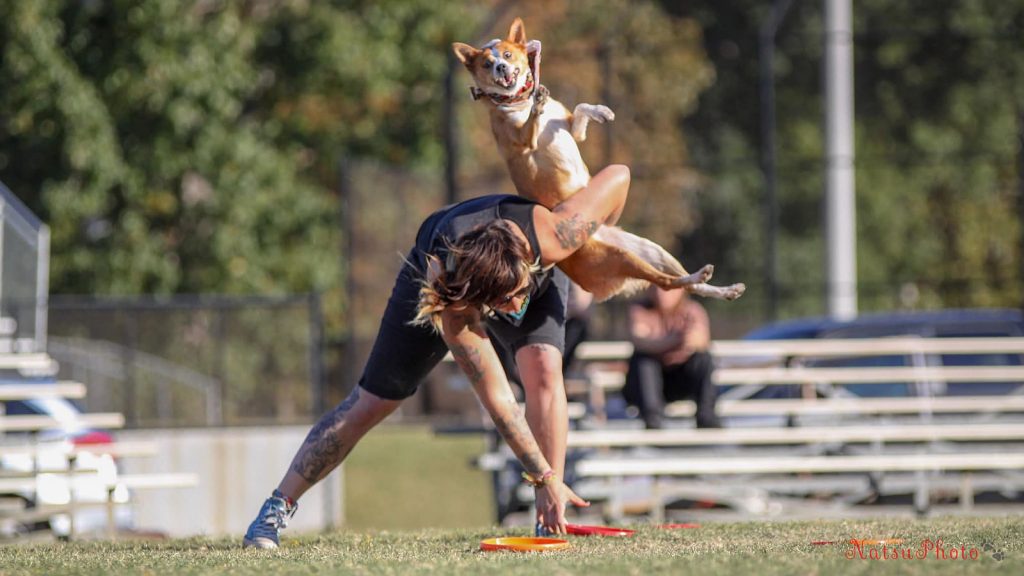
Hidden Disc Management
Many teams struggle with Disc ManagementDisc Management is a disc dog term that describes management and organization of discs throughout the routine. Disc Management is a scored category in most disc dog freestyle organizations and has great impact... More. Whether it is struggling to create a routine or struggling to keep the routine flowing, Disc Management is a critical skill for competitive performance. I’ve written several pieces on this in the past, a few for Patrons Only, and this will be short and sweet for simplicity’s sake. Here we go.
Out Throw
Where you place your out throw matters. After a sequence, most people just chuck the disc out in front of them somewhere, usually because they’ve got to run around to pick up discs and “don’t have the time” to plan a throw.
Instead of simply whipping a disc out there somewhere and running to go get your discs, make the out throw towards a pile of discs or with the pile of discs in the path of the dog’s Release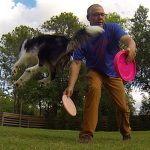 Release has many meanings in disc. Throws and throw variations can be referred to as releases. Sometimes you talk about the dog releasing something, the toy, or the environment, as in to stop... More after the catch. Of course, this requires some knowledge of which way your dog will turn and some reading of your dog which often is arcane knowledge because the handler has been too busy running around picking up discs to observe and read the dog’s movement.
Release has many meanings in disc. Throws and throw variations can be referred to as releases. Sometimes you talk about the dog releasing something, the toy, or the environment, as in to stop... More after the catch. Of course, this requires some knowledge of which way your dog will turn and some reading of your dog which often is arcane knowledge because the handler has been too busy running around picking up discs to observe and read the dog’s movement.
Get a handle on your dog’s movement and plan your out throw in order to meet your dog at a pile of discs. Boom! Instant efficient disc management with no stress or running required.
Working Flank
If you just whip discs out in front of you, your dog is simply going to sprint back, leaving you little time and flexibility to work your way to more discs with your dog. But you have done your homework on shaping an approach so you can craft some Team MovementTeam Movement is how dog and handler move, as a team, out there on the field. It is a judging category in some organizations and certainly is a focus of many judges, players,... More to move with the dog as a team and display seamless and smooth disc management while looking cool and staying connected.
After you make a thoughtful out throw with a shape and angle in mind, simply pick up the dog while you’re moving a bit and move the team towards the discs you need. If you make a 10-15 yard out throw you’ve got 20-30 yards worth of time to smoothly move towards the discs as your dog navigates the catch and retrieve.
This working flank can be done a couple times in a row allowing you to cover most all of the field with little stress or effort and pick up many discs on the way. This type of disc management also provides some time and space to get your bearings and actually find the discs on the field allowing you to see where the discs are and feel your way around making good Disc Management decisions like moving to a pile of discs rather than running to the first disc you see.
Cued Drop
A cued Drop is the killer app of Disc Management. With a cued Drop the handler gets to choose where the discs wind up after any throw. This power of choice combined with just a little bit of Flatwork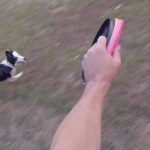 Flatwork is the stuff that happens between the catches. How the team moves and transitions, often without the disc, is flatwork. Flatwork concepts in disc dog are taken from the agility and herding... More & Team Movement enables the team to stack discs on the field wherever they want.
Flatwork is the stuff that happens between the catches. How the team moves and transitions, often without the disc, is flatwork. Flatwork concepts in disc dog are taken from the agility and herding... More & Team Movement enables the team to stack discs on the field wherever they want.
Nothing is worse than having the dog drop wherever and having your entire routine subject to the whims of random or unplanned drops. The lack of a cued Drop not only causes extra effort and stress for the handler, it demonstrates weak Disc Management. If you do it like this and some other handler does it with skills and planning, who gets the higher Disc Management Score?
Multitasking
Moving while the dog is doing something else or picking up discs while doing something else is very effective and can be super flashy disc management. Many handlers get so locked in on doing doing the tricks then sprinting for discs that there is little athletic bandwidth available for multitasking.
It doesn’t have to be this way.
Speed Is More About Knowledge Than Athleticism
Any handler can be fast regardless of their athletic ability. Knowing your dog and knowing how things will go down turns the handler into a prophet – knowing where to be and when to be there. Unfortunately most handlers never get this in disc dog freestyle because, after the trick, they’re too busy running around to pick up discs to observe and learn how things are going to go down.
Take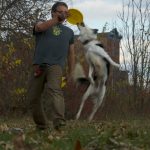 A Take is a cued Bite that replicates the placement and timing of a throw. Usually used with overs, vaults, and flips, the Take is a powerful teaching tool for creating habitual leaping... More some time to learn how your dog moves and move while the dog is busy in a quick and efficient manner and you can become a very fast handler regardless of your dog’s speed or your athletic ability. A fast handler with some knowledge should have little trouble with Disc Management.
A Take is a cued Bite that replicates the placement and timing of a throw. Usually used with overs, vaults, and flips, the Take is a powerful teaching tool for creating habitual leaping... More some time to learn how your dog moves and move while the dog is busy in a quick and efficient manner and you can become a very fast handler regardless of your dog’s speed or your athletic ability. A fast handler with some knowledge should have little trouble with Disc Management.
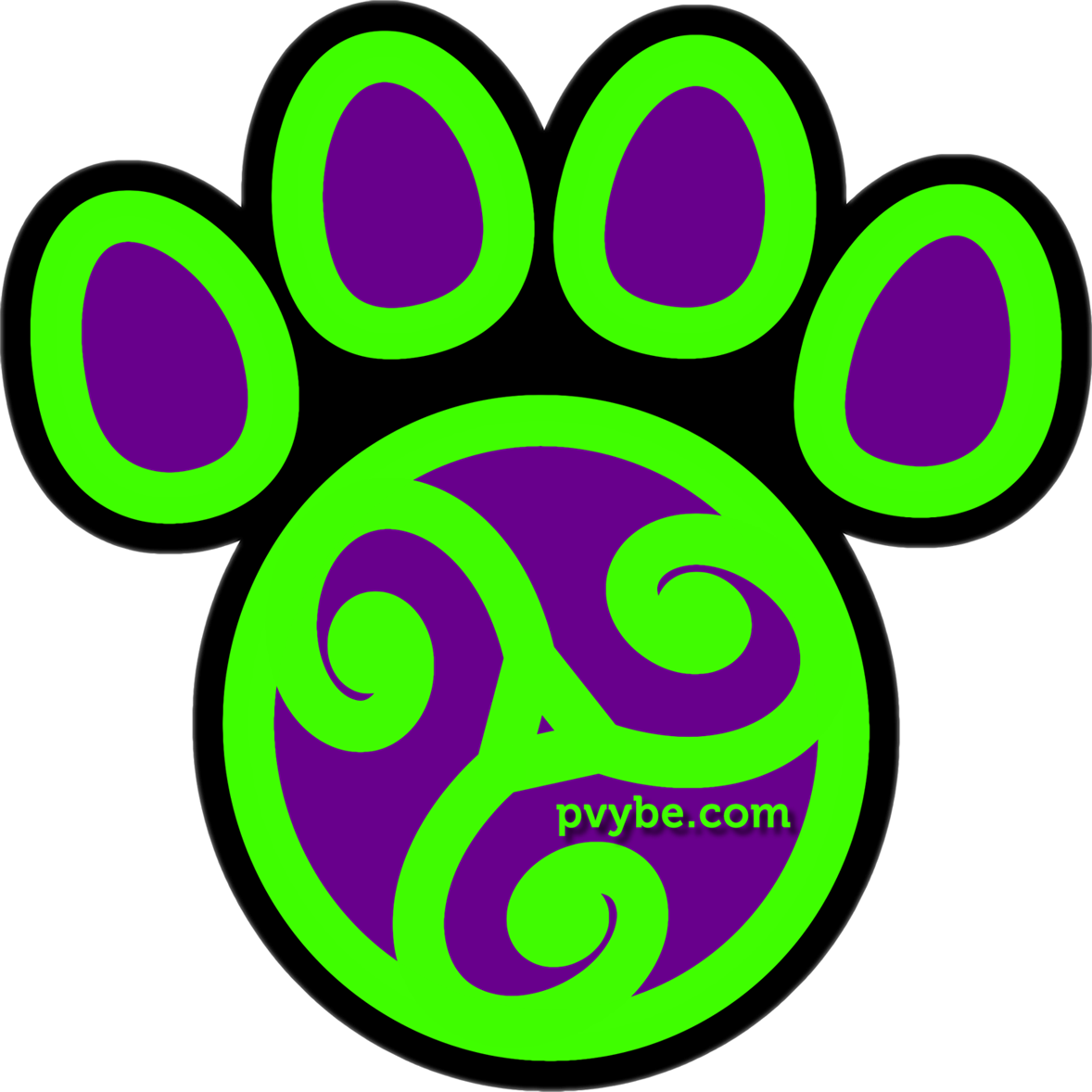


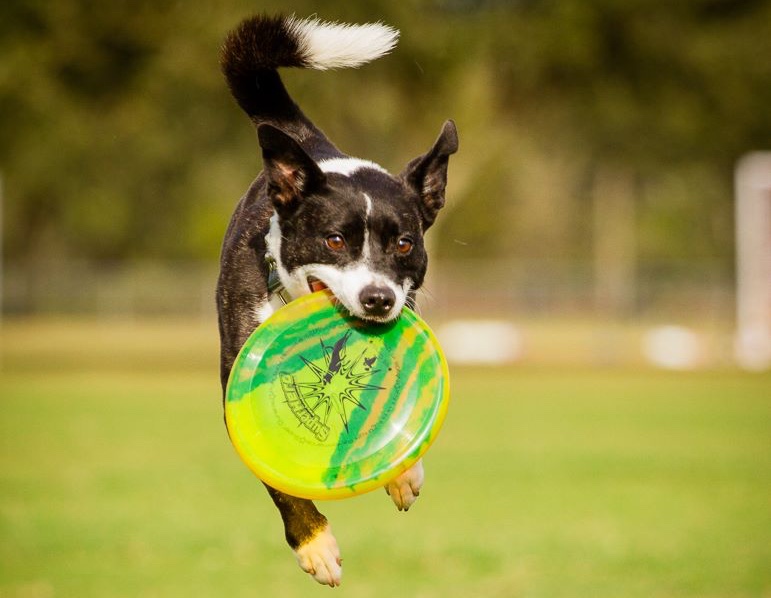

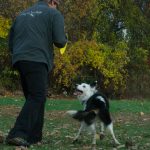
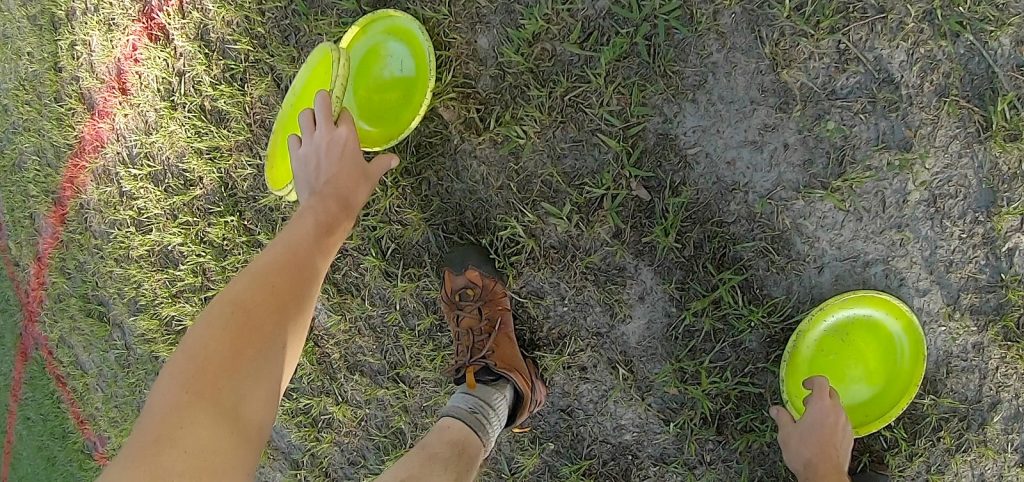
Responses